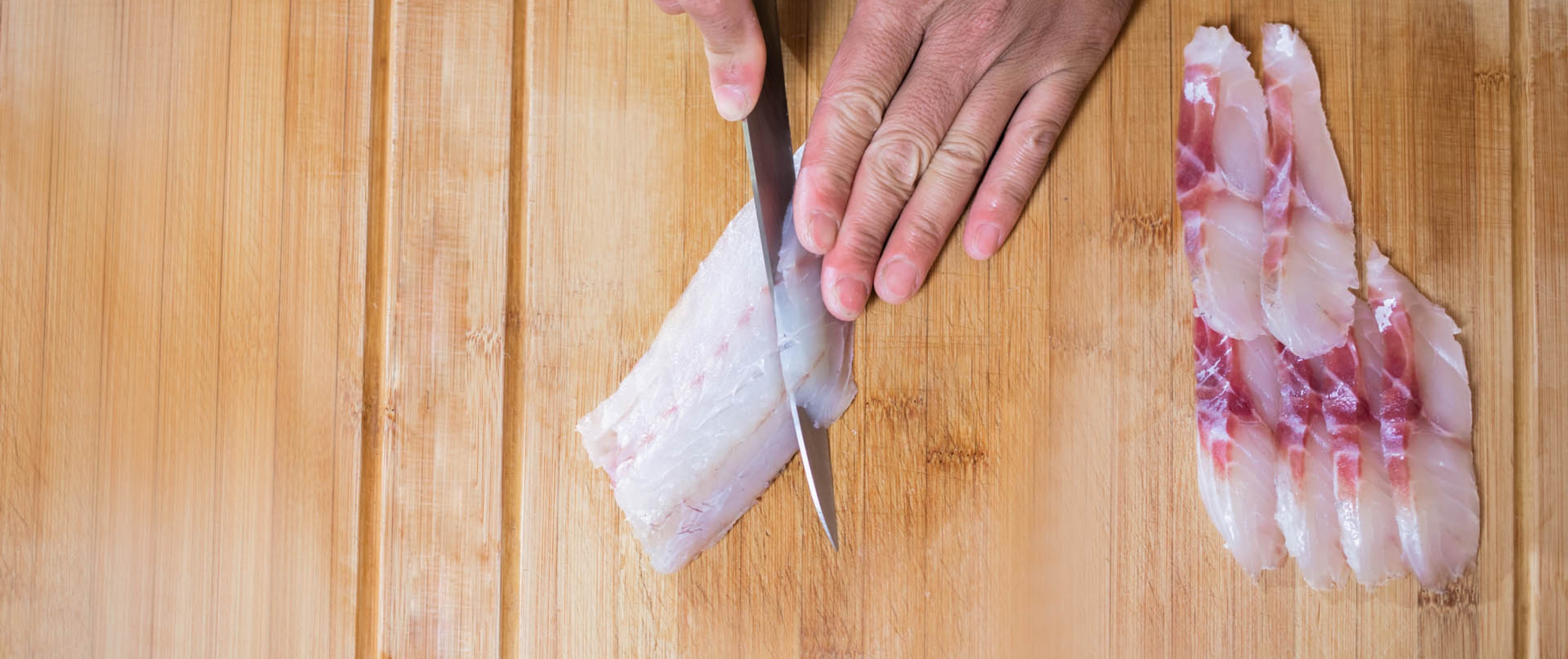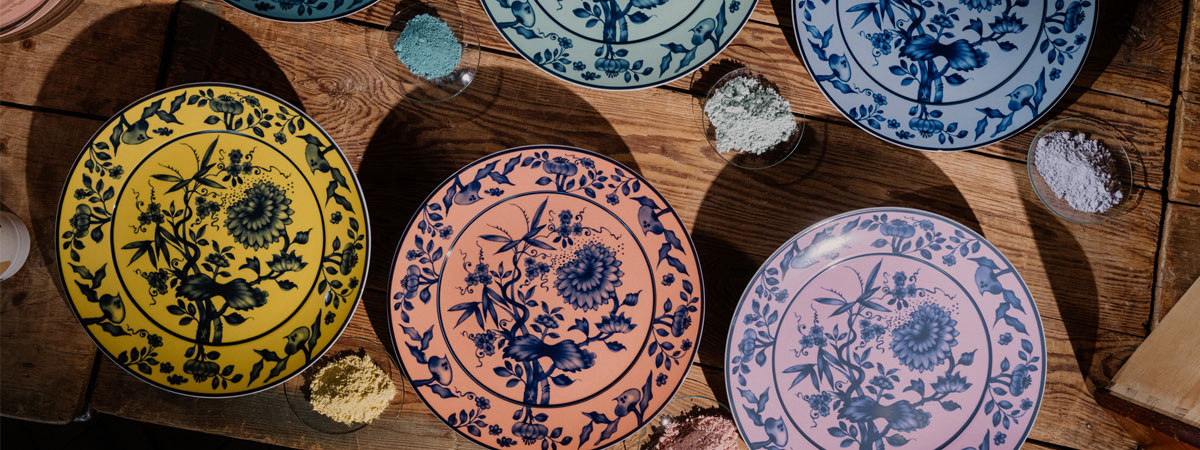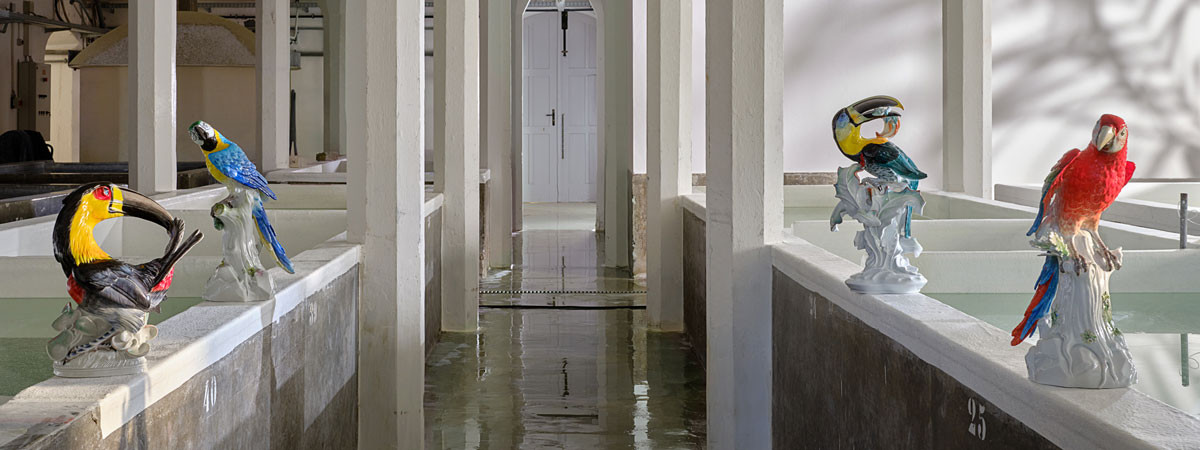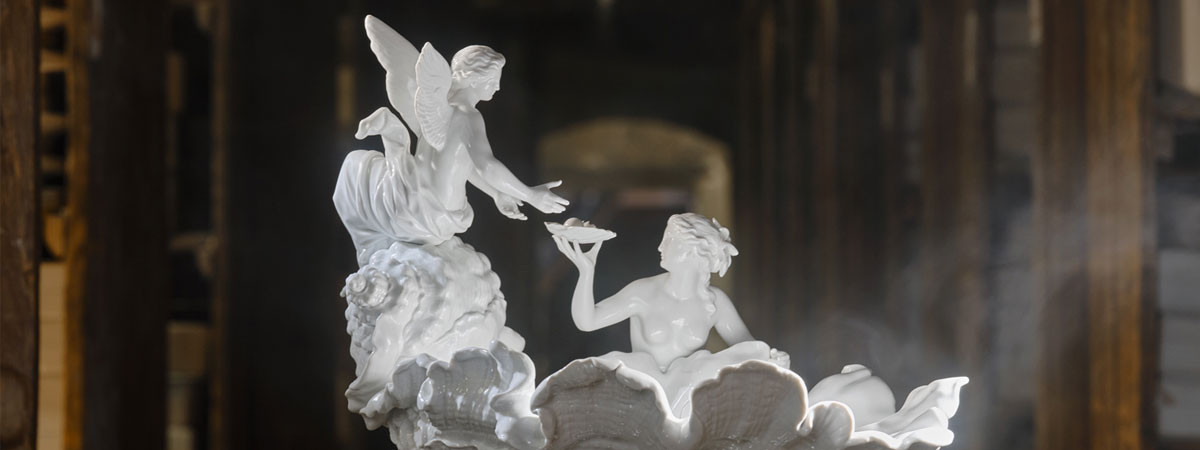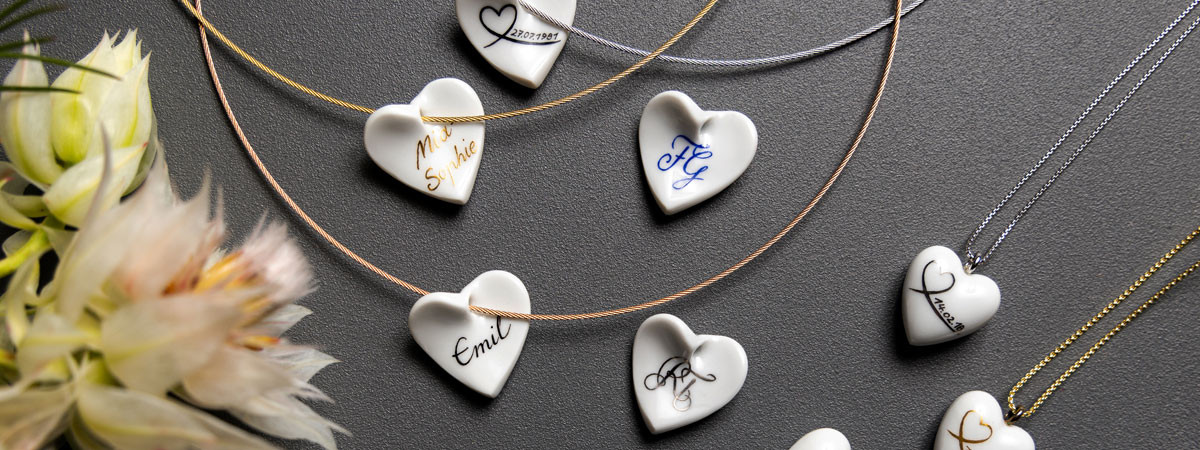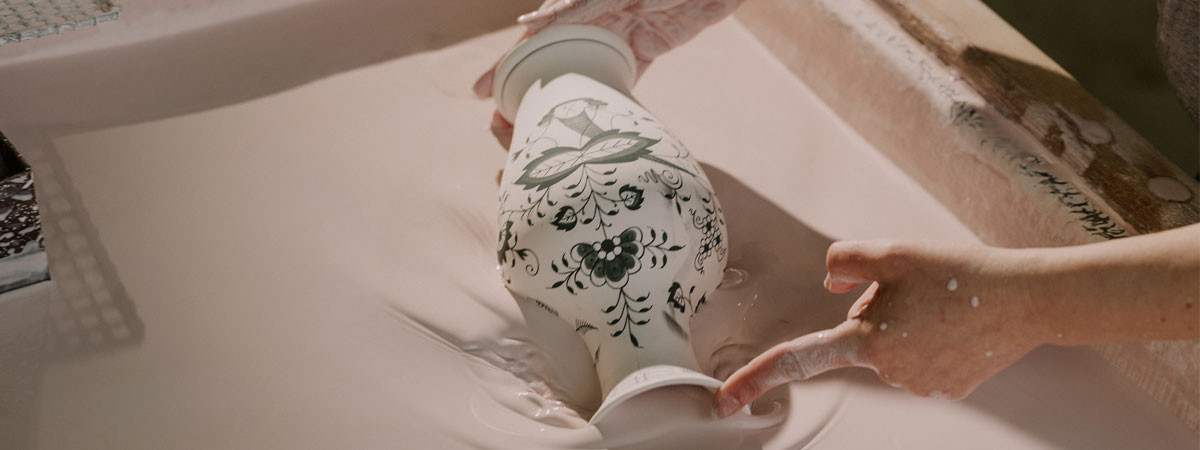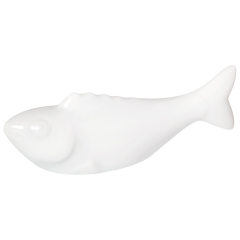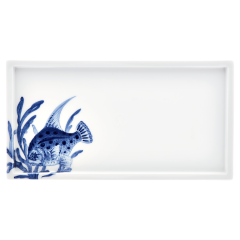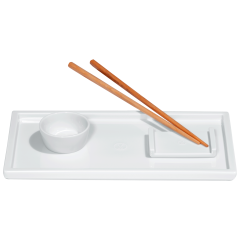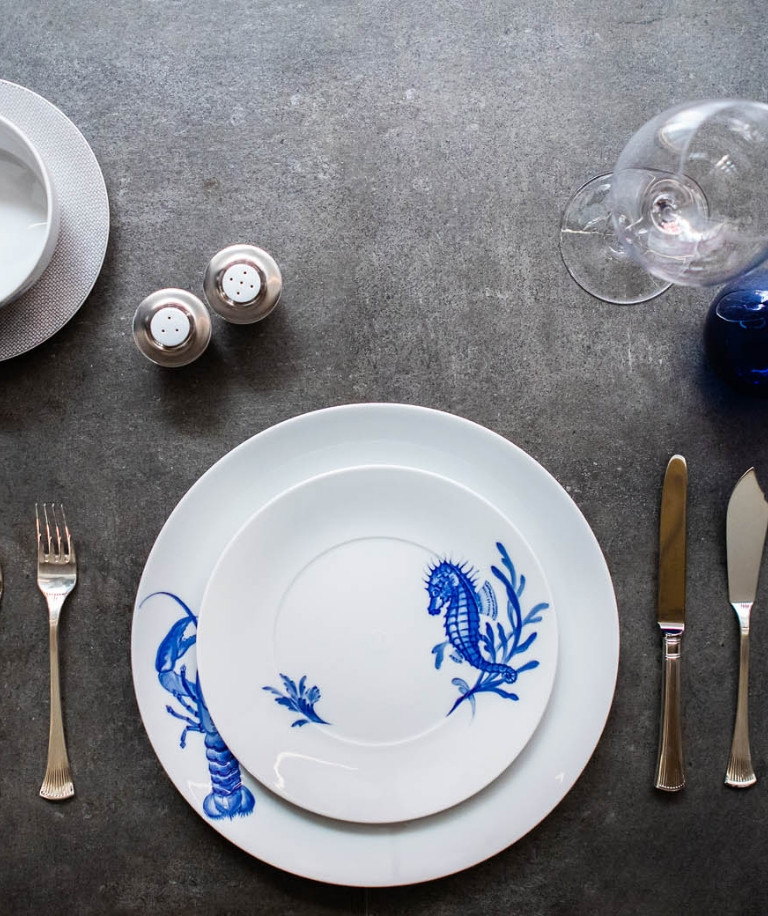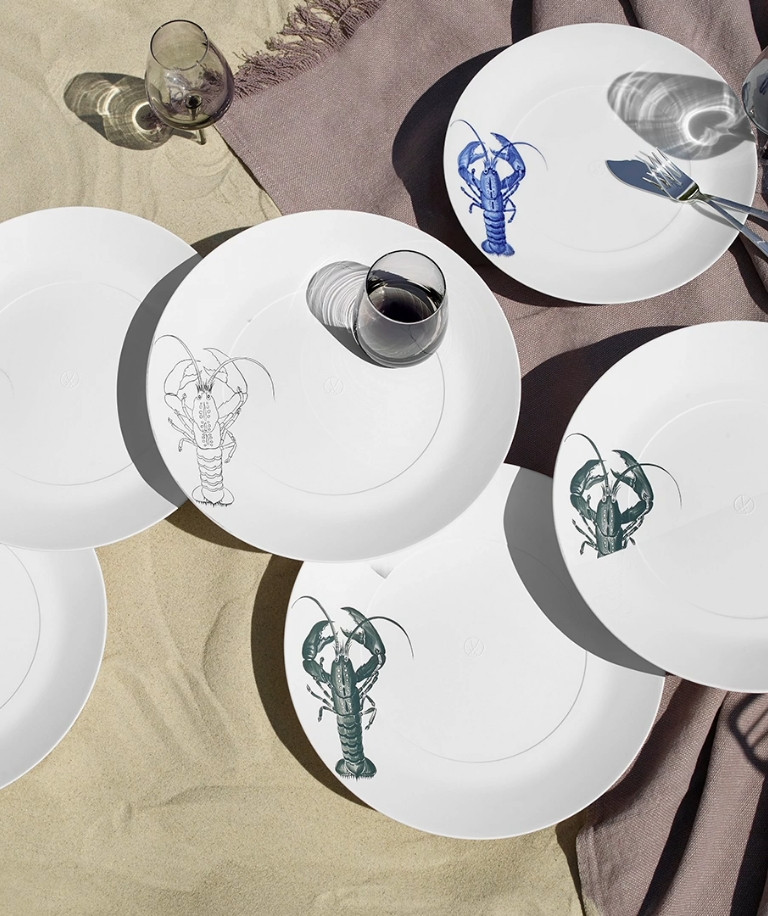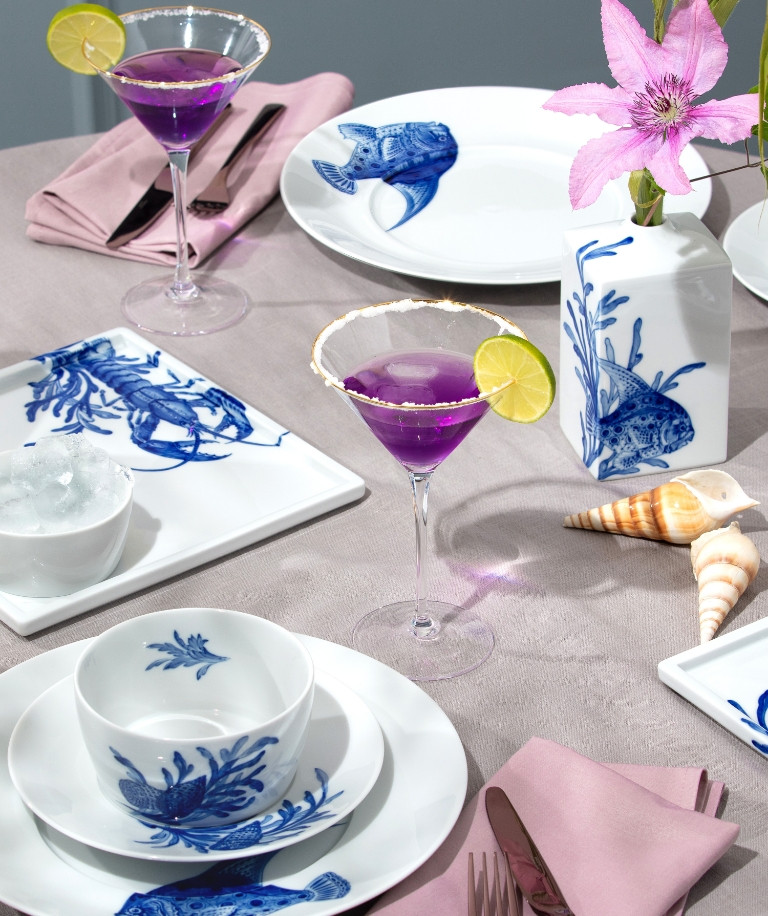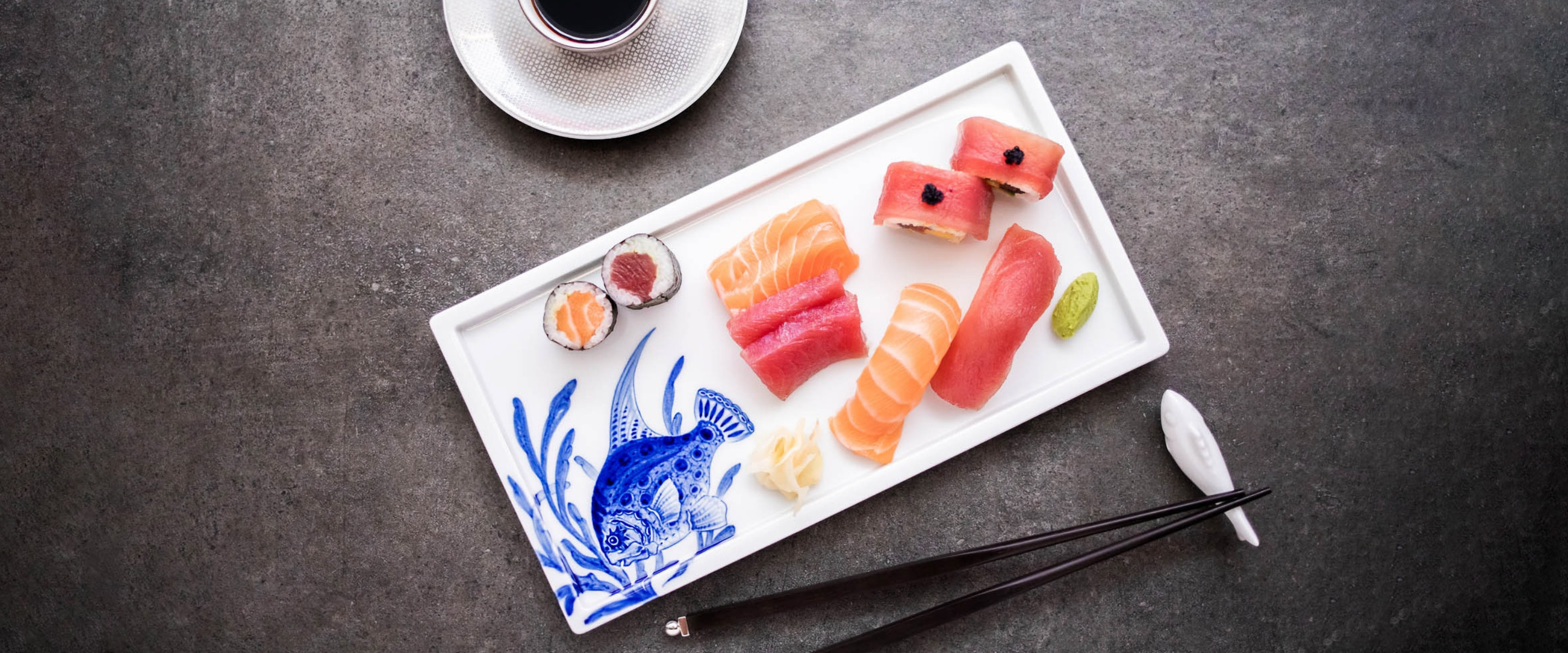
The history of Sushi
-
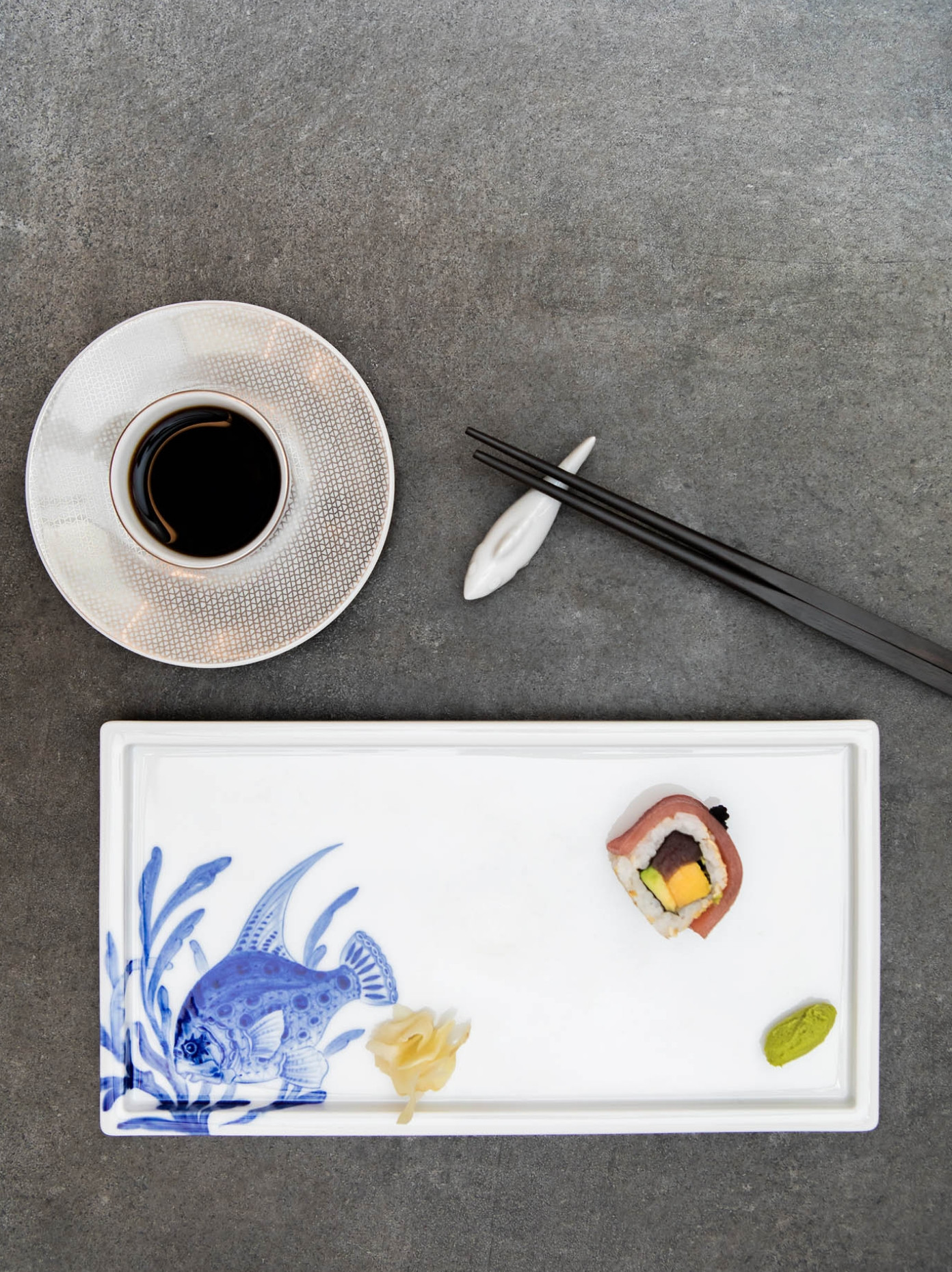 Sushi is probably one of the most popular dishes in Germany and the world today. The trendy rice rolls made of raw and smoked fish, seafood and vegetables from Southeast Asia have a centuries-old tradition and are very healthy.
Sushi is probably one of the most popular dishes in Germany and the world today. The trendy rice rolls made of raw and smoked fish, seafood and vegetables from Southeast Asia have a centuries-old tradition and are very healthy.
The history of sushi does not begin in Japan, as assumed, but in Southeast Asia in the region along the Mekong River. Sushi in the form we know it today did not exist back then. The freshwater fish that the people fished from the Mekong was exempted and placed in vessels together with cooked rice. A fermentation process took place in these vessels. Fermentation is an age-old preservation method in which microorganisms colonize food and convert starch and sugar into acid. The fermented fish was edible for up to a year. The rice mixed with the fish has become acidic during fermentation and was disposed of.
This method of preservation spread throughout Asia as far as Japan. Sushi was first mentioned in a document in 718. Over time, the fish was fermented shorter and shorter and eaten together with rice. In the 16th century, Japanese cooks began adding rice vinegar to the rice to give it its original sour taste. During this time, also the rice-fish stratification originated. To initiate the fermentation process, the rice was pressed into wooden boxes and garnished with fish slices. From about the 18th century on, the form of sushi as we know it and love it today emerged in Tokyo. After the Second World War, sushi gained its popularity also in the Western world. After initial scepticism of people, it soon became one of the most popular dishes.
The word sushi is pronounced with a voiceless “s”. However, word combinations such as Nigiri-Zuchi are pronounced vocally “zuchi”. According to a theory dating back to the Edo period, the word sushi comes from the ancient Japanese adjective sushi (in modern Japanese sui). This adjective means something like “sour” and fits perfectly with the fish dish prepared with sour rice.
“Sushi and Meissen porcelain each have a very long history and tradition. Now the two meet and become a perfect combination!"
-
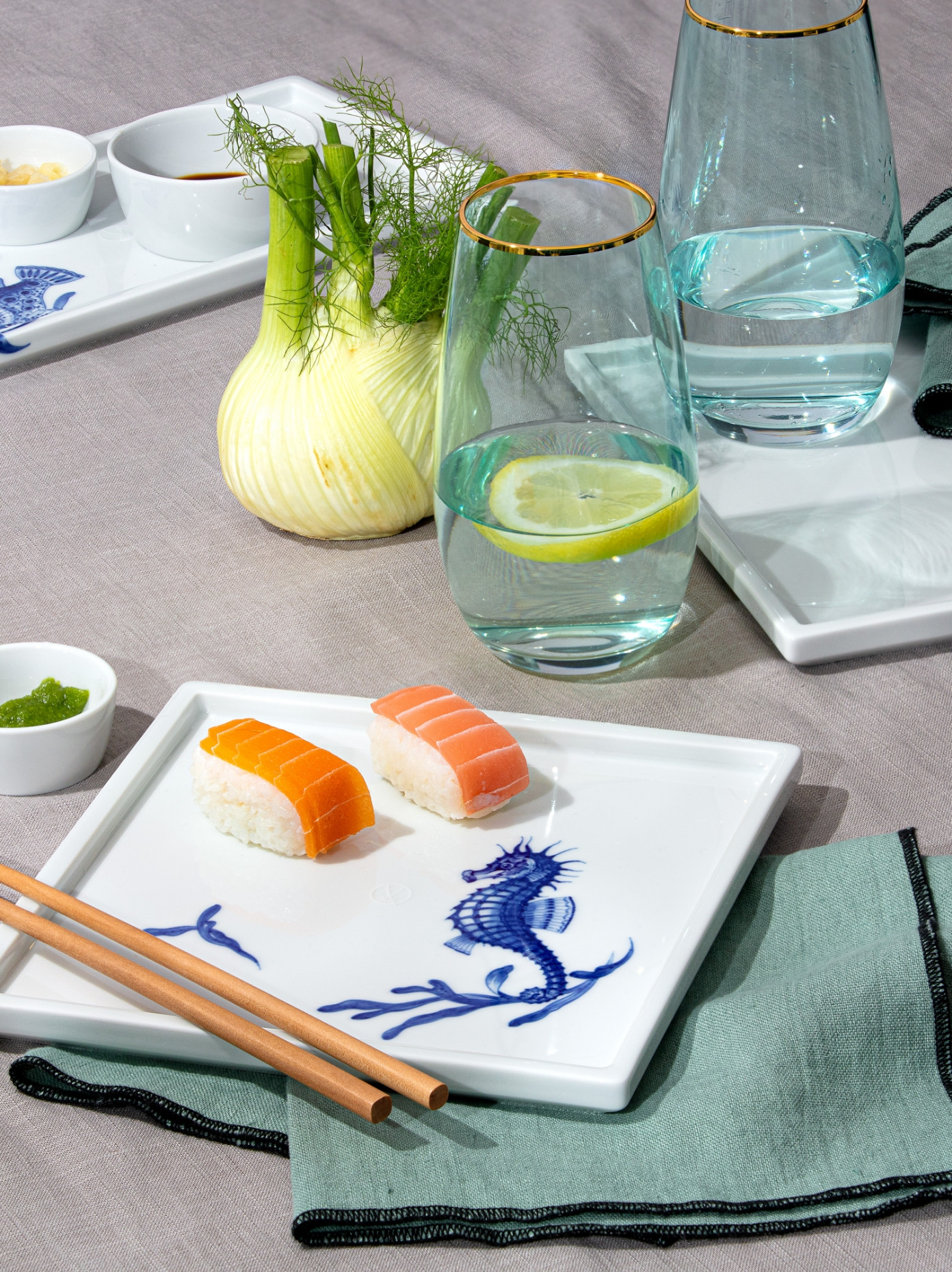 The cold, smoked fish in combination with rice, seaweed leaves and vegetables is now available in all possible variations. For us Germans, sushi is now at the top of the list of the most popular dishes and is very healthy. The low fat fish and the vitamin-rich vegetables are very digestible and very low in calories. In addition, sushi never gets boring, as the most diverse sushi chefs always create new creations that not only taste delicious, but also are beautiful to look at.
The cold, smoked fish in combination with rice, seaweed leaves and vegetables is now available in all possible variations. For us Germans, sushi is now at the top of the list of the most popular dishes and is very healthy. The low fat fish and the vitamin-rich vegetables are very digestible and very low in calories. In addition, sushi never gets boring, as the most diverse sushi chefs always create new creations that not only taste delicious, but also are beautiful to look at.
We at the Meissen porcelain manufactory also love sushi. Our Meissen porcelain and sushi have much more in common than it seems in the first place. Sushi is a very old tradition and has its origins in the region around the Mekong River, which also flows through regions of today’s China. The first porcelain also comes from China, although it is no longer possible to reconstruct the exact time and place of origin. Through travellers and explorers like Marco Polo, the white porcelain reached Europe via the Silk Road. Chinese porcelain met with great enthusiasm among the European nobility. Due to the preciousness and the rare quantity of porcelain that existed in Europe at that time, a kind of collecting mania arose among the European aristocracy. The Saxon Elector and King of Poland, August the Strong, was also affected by this and, like many other rulers of his time, hoped for the success of his alchemists in solving the riddle of the "White Gold" and being able to produce his own porcelain. With the help of the alchemist Johann Friedrich Böttger he succeeded in 1708 and in the course of this the Meissen porcelain manufactory was founded in 1710. Thus, both sushi and our porcelain manufactory have a very long tradition, as well as history and both originate from Asia.
With us, the artfully arranged sushi now meets elegant handmade sushi sets made of Meissen porcelain and thus combines two inventions steeped in history. The sushi sets give you the opportunity to set your sushi in style on high quality sushi plates made of Meissen porcelain. Our sushi sets and sushi plates, as well as our sushi bowls and chopstick trays, can all be combined individually. With their different decors and their modern designs, we have something for everyone. So our “Sushi Set de Luxe” is painted with small delicate sea creatures and the “Meissen Cosmopolitan Blue Treasures” sushi platter is adorned with a large fish painted in underglaze blue. But also our chopstick trays in the shape of a fish fit perfectly to a balanced sushi evening. Our sushi sets are also the perfect gift idea for any sushi and fish lover. Enjoy your sushi at home as in the extravagant sushi restaurant and make yourself an unforgettable evening - whether at an elegantly set table or during a cozy TV evening.
